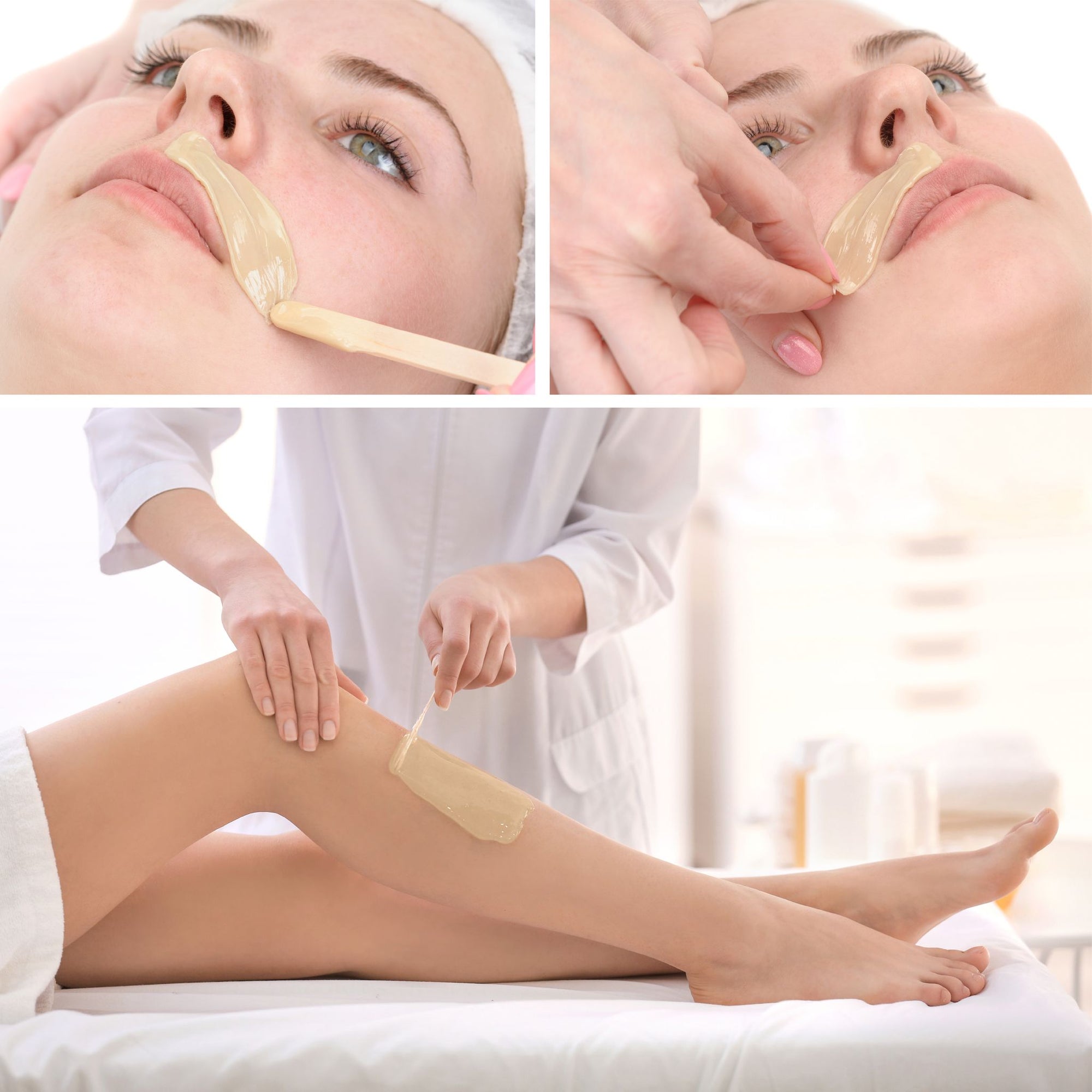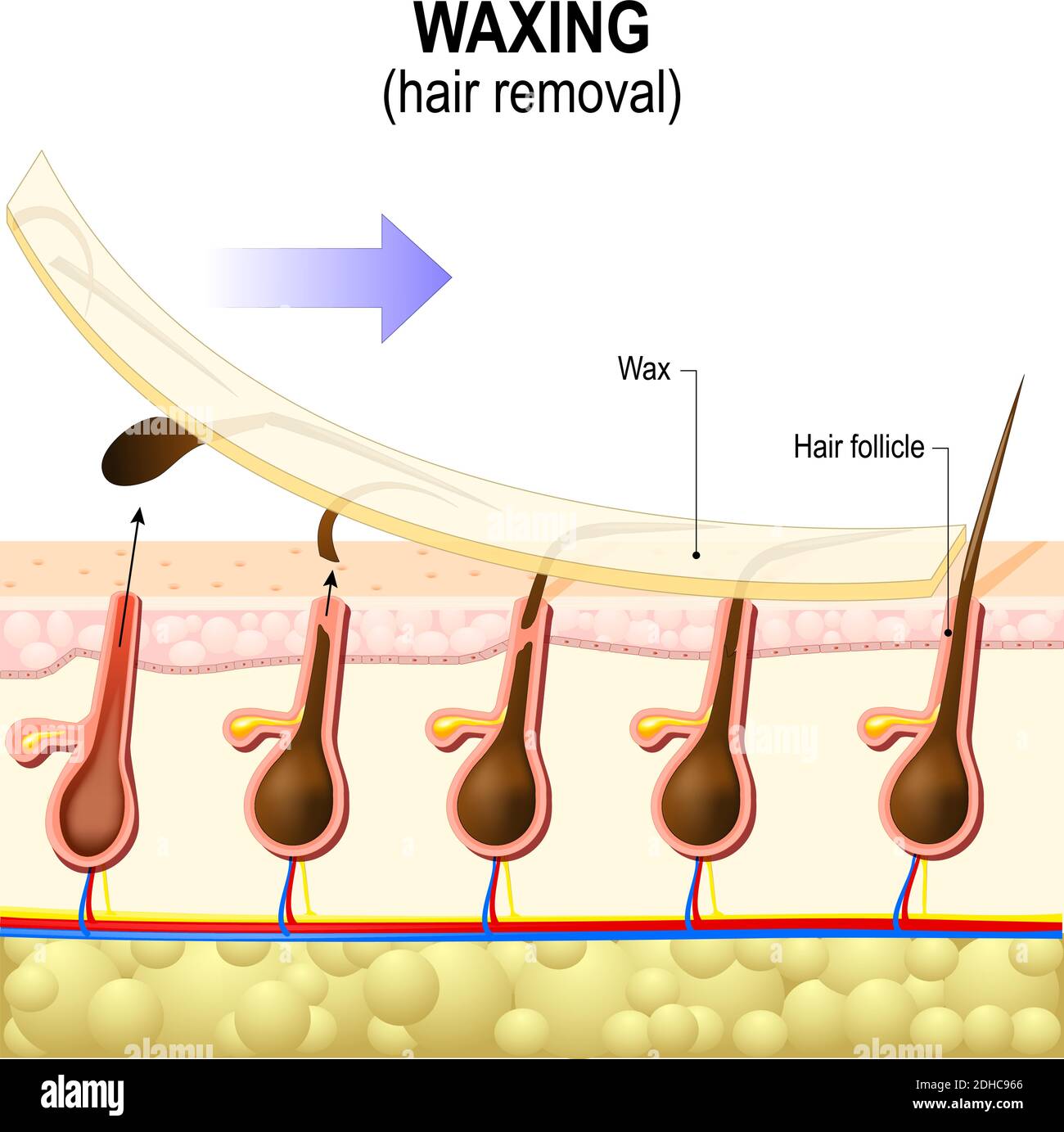Unveiling the Top Shaving Strategies for Long-Lasting Hair Elimination Outcomes

Pre-Waxing Prep Work
Prior to any kind of waxing treatment, it is vital to thoroughly cleanse the skin to eliminate any type of dust, oils, or creams that could interfere with the wax's bond. Scrubing the skin delicately a day or 2 prior to the appointment helps to eliminate dead skin cells, enabling the wax to grasp the hair extra effectively.
Additionally, it is vital to make certain that the hair is the ideal size for waxing. If the hair is as well short, the wax might not be able to grip it properly, leading to incomplete hair removal.

Selecting the Right Wax Type
Selecting the appropriate type of wax is crucial for achieving effective and durable hair removal results. There are numerous sorts of waxes available in the market, each dealing with various skin types and hair appearances. Recognizing the differences between them can assist you choose the right wax for your demands.
One common kind of wax is soft wax, which is usually utilized with towel strips for larger locations of the body. This kind of wax is optimal for delicate areas like the bikini line and face, as it holds the hair more than the skin, minimizing pain (Laser Hair Removal).
Furthermore, there are additionally sugar waxes and wax strips available for at-home use. Sugar waxes are recognized for being gentler on the skin, while wax strips provide ease and ease of use. Consider your skin level of sensitivity, hair density, and the targeted body area when selecting the appropriate wax type for your waxing needs.
Appropriate Hair Size for Waxing
For efficient waxing outcomes, ensuring the proper hair length is important to achieve optimal hair removal. The optimal hair size for shaving is commonly about 1/4 to 1/2 of an inch long. Hair that is too short may not adhere well to the wax, making it challenging to remove, while hair that is too long can cause enhanced pain during Bonuses the waxing process and may result in uneven removal.
When hair is too short, the wax may not have the ability to grasp the hair effectively, leading to incomplete hair removal and the need for more frequent waxing sessions. On the other hand, hair that is too long can enhance the risk of breakage instead of tidy elimination from the origin. This damage can cause in-grown hairs and a much shorter time structure prior to the hair grows back.
To make certain the most effective waxing experience and results, it is recommended to allow your hair expand bent on the optimum size prior to arranging your shaving consultation - Laser Hair Removal. This size enables the wax to stick properly to the hair, resulting in smoother and longer-lasting hair elimination
Application Method for Ideal Outcomes
Post-Wax Take Care Of Smooth Skin
Efficient post-wax care is necessary for check over here keeping smooth and healthy and balanced skin after hair elimination treatments. After waxing, it is crucial to follow a proper skincare regimen to calm the skin, prevent irritation, and prolong the results of the therapy. Among the most important action in post-wax care is to avoid warm showers, saunas, or steam bath for at least 24 hr after waxing to avoid additional inflammation or opening of the hair follicles. Additionally, it is recommended to wear baggy apparel to permit the skin to take a breath and decrease rubbing on the waxed area.
Moisturizing the skin is an additional crucial aspect of post-wax care. Using a mild, alcohol-free moisturizer aids to maintain the skin moistened and nourished. Aloe vera gel can also be advantageous in comforting the skin and minimizing redness or swelling post-waxing. Exfoliating the skin delicately a few days after waxing can aid avoid in-grown hairs and keep the skin smooth. Finally, it is advisable to stay clear of sun direct exposure instantly after waxing to stop skin have a peek at these guys damage and hyperpigmentation. By complying with these post-wax treatment suggestions, you can keep smooth, healthy skin and extend the results of your waxing therapy.
Verdict
In conclusion, adhering to correct pre-waxing prep work, selecting the suitable wax type, making certain the correct hair length, applying the wax strategy appropriately, and following post-wax treatment guidelines are essential action in attaining long-lasting hair removal results. By complying with these strategies diligently, individuals can experience smoother and hair-free skin for a prolonged amount of time.
If the hair is also brief, the wax may not be able to hold it appropriately, leading to insufficient hair elimination.For reliable waxing outcomes, guaranteeing the appropriate hair length is necessary to accomplish ideal hair elimination. Hair that is as well brief may not adhere well to the wax, making it challenging to remove, while hair that is too long can cause increased pain during the waxing procedure and may result in uneven removal.
When hair is as well short, the wax may not be able to hold the hair efficiently, leading to incomplete hair removal and the need for more frequent waxing sessions. Applying the wax in the same direction as hair development permits for better adhesion to the hair roots, resulting in extra efficient removal.